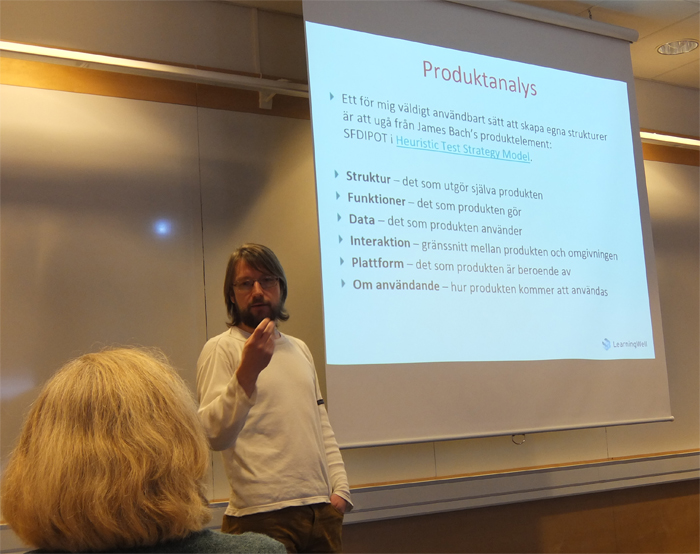

December 1, 2021
Mattias Nilsson new CEO at LearningWell SW
After the turn of the year, Tord Larsson-Steen will hand over the CEO position at LearningWell SW to Mattias Nilsson, whose work will largely be about marrying LearningWell's offer in automation and system development.






 The biggest challenges in introducing System Test Driven Development (STDD) are not just the technical ones. Much is about the social and cultural challenges. On an individual level, motivational factors play a big role, not only to reach new levels of competence, but also to be able to take a more active role. STDD is not a technical solution but has a complex impact on both the developer team and the microculture of the project. Technology choices are important, in an automatic chain dependencies are created that must be anticipated and with knowledge these can be used to advantage. STDD opens up a range of possibilities and we are constantly seeing new possibilities. This also means that STDD requires more than handing over a number of automated steps; competence and understanding must also be implemented at the organization that inherits the product.
The biggest challenges in introducing System Test Driven Development (STDD) are not just the technical ones. Much is about the social and cultural challenges. On an individual level, motivational factors play a big role, not only to reach new levels of competence, but also to be able to take a more active role. STDD is not a technical solution but has a complex impact on both the developer team and the microculture of the project. Technology choices are important, in an automatic chain dependencies are created that must be anticipated and with knowledge these can be used to advantage. STDD opens up a range of possibilities and we are constantly seeing new possibilities. This also means that STDD requires more than handing over a number of automated steps; competence and understanding must also be implemented at the organization that inherits the product.
 In order to test in a good way, you need to find out what information the stakeholders need. Gone are the days when testers could follow a requirement specification and check off, you need to understand both the big picture and details and be able to communicate it effectively.
In order to test in a good way, you need to find out what information the stakeholders need. Gone are the days when testers could follow a requirement specification and check off, you need to understand both the big picture and details and be able to communicate it effectively.



